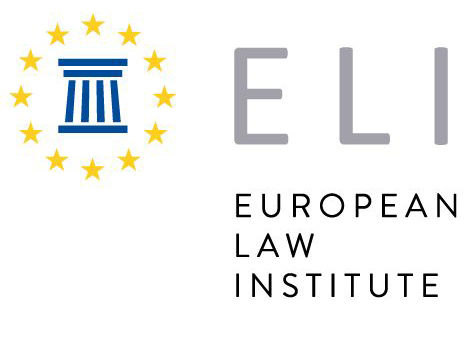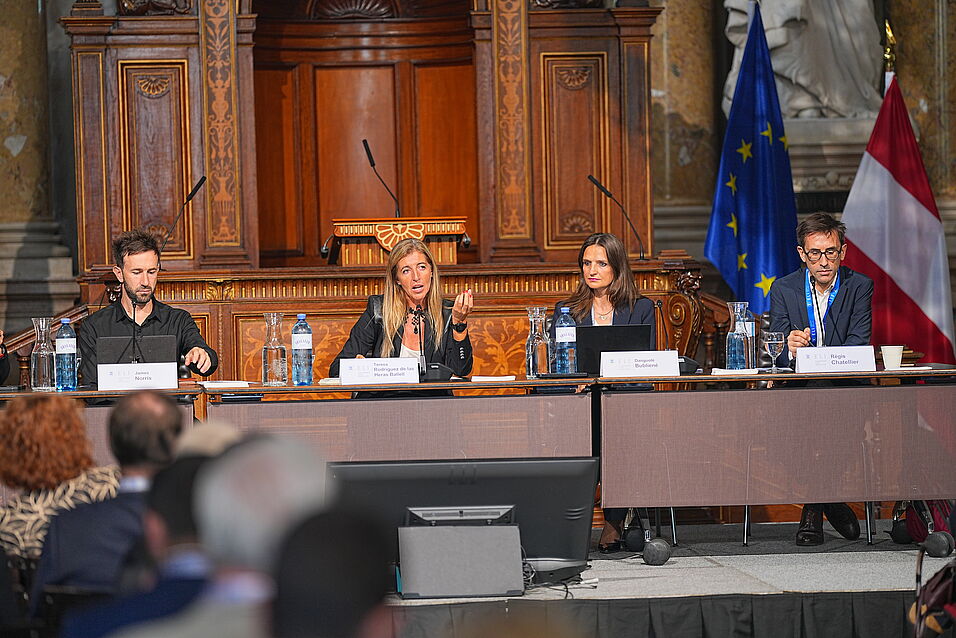The session examined how courts, regulators, and other stakeholders could address issues relating to digital inheritance, privacy, and legal certainty, particularly in cross-border contexts. It commenced with a presentation of the draft ELI Model Rules on the Succession of Digital Assets by Edina Harbinja, Project Reporter and Professor at the University of Birmingham.
This was followed by remarks from Danguolė Bublienė, President of the Lithuanian Supreme Court, who reflected on the linguistic and conceptual challenges involved in addressing the subject. She observed that, in Lithuanian, no precise equivalent exists for the term digital remains, noting that available translations either suggest disposable leftovers or evoke physical remains. As ELI intends to translate the draft into various languages, she highlighted that similar challenges may arise elsewhere.
President Bublienė observed that digital succession is still a new topic in Lithuania, with little practical engagement to date. Notaries have reported no significant cases except one involving cryptocurrency in a deceased person’s Revolut account. She emphasised that the Model Rules rely on individuals clearly expressing their wishes regarding digital remains. Concluding, she praised the initiative as ‘timely and necessary, stressing its potential to provide courts with legal clarity and a soft-law framework where regulation is lacking.
James Norris, Founder of the Digital Legacy Association, underscored the urgency of clear frameworks to help service providers and users manage digital succession. He called for greater public and professional awareness, noting that many online platforms still lack tools for managing digital legacies. This gap, he warned, can lead to emotional and financial harm for bereaved families, as inaccessible photos, videos, or digital assets deepen ‘secondary loss.’ What was once ‘science fiction,’ he added, is now part of everyday life.
Régis Chatellier, representing the Commission Nationale de l’Informatique et des Libertés (CNIL), France, welcomed ELI’s work, emphasising its relevance in a context where the legal frameworks governing the data of deceased persons differ considerably among states.
The session was moderated by Prof Dr Teresa Rodríguez de las Heras Ballell, the ELI President-Elect and Professor at the University Carlos III of Madrid.
In her concluding remarks, Prof Dr Rodríguez de las Heras Ballell identified three principal categories of obstacles affecting the succession of digital assets: technological obstacles, arising when digital remains are no longer accessible or compatible with current technological formats; contractual obstacles, linked to service providers’ terms and conditions that restrict or deny access to digital accounts or assets; and legal obstacles, including those stemming from data protection and other regulatory regimes. She emphasised the need for further reflection on how such obstacles might be mitigated through coherent legal and policy measures, and how the ELI Model Rules could contribute to achieving greater harmonisation and legal certainty in this emerging field.
The session concluded with a dynamic exchange of questions and answers.

